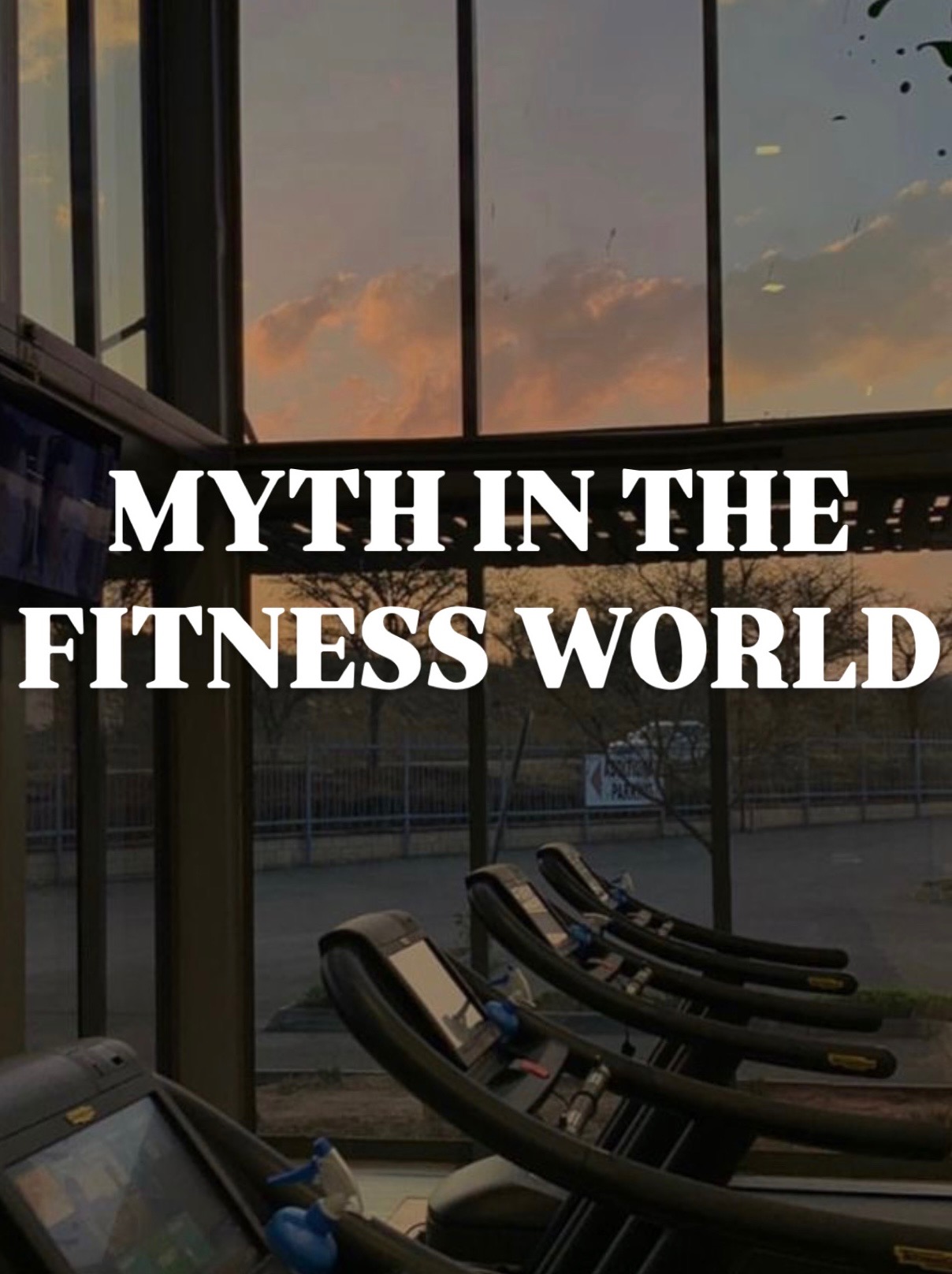 Fitness myths are widely held beliefs or misconceptions about exercise and health that lack scientific backing or are based on outdated information. Often perpetuated by anecdotal evidence, social media, or misleading marketing, these myths can include claims like “lifting weights makes you bulky” or “you can spot-reduce fat.” While fitness myths might resonate with some personal experiences, they fail to hold up against rigorous research. It’s crucial to approach fitness information critically, seeking reliable resources and expert advice, to avoid being misled by these misconceptions, and to adopt effective and evidence-based practices for achieving health and fitness goals.
Fitness myths are widely held beliefs or misconceptions about exercise and health that lack scientific backing or are based on outdated information. Often perpetuated by anecdotal evidence, social media, or misleading marketing, these myths can include claims like “lifting weights makes you bulky” or “you can spot-reduce fat.” While fitness myths might resonate with some personal experiences, they fail to hold up against rigorous research. It’s crucial to approach fitness information critically, seeking reliable resources and expert advice, to avoid being misled by these misconceptions, and to adopt effective and evidence-based practices for achieving health and fitness goals.
1. Myth: Spot Reduction is Possible
Many believe that they can lose fat from specific areas of the body by performing targeted exercises (like doing crunches for a slimmer waist). However, fat loss occurs throughout the body based on genetics and overall body composition, not just the area being exercised.
2. Myth: You Have to Work Out Every Day
While regular exercise is important, you do not need to train daily to see progress. Recovery days are vital for muscle repair and growth. Overtraining without sufficient rest can lead to injury and burnout.
3. Myth: Lifting Weights Makes You Bulky
Many people, especially women, fear that weightlifting will result in a bulky physique. In reality, gaining significant muscle mass requires a specific diet and training regime. Weightlifting is effective for building strength, toning muscles, and enhancing metabolism without excessive bulk.
4. Myth: Cardio is the Best Way to Lose Weight
While cardiovascular exercise can help burn calories, strength training is equally important for weight loss. Building muscle increases metabolic rate, meaning you burn more calories at rest. A balanced approach with both cardio and strength training is most effective.
5. Myth: You Need to Sweat to Have a Good Workout
Sweat is not an indicator of workout effectiveness; it’s simply a cooling mechanism for the body. Some workouts, such as strength training or yoga, might not produce much sweat but can still provide significant health benefits.
6. Myth: All Carbs Are Bad
Carbohydrates are often vilified in the fitness world, but not all carbs are created equal. Complex carbohydrates (like whole grains, fruits, and vegetables) provide energy and essential nutrients, while refined sugars and processed carbs should be limited.
7. Myth: Fitness Supplements Are Necessary
Many believe they need supplements to achieve fitness goals, but a well-balanced diet can provide all necessary nutrients. Supplements can be beneficial in certain cases (like vitamin deficiencies) but should not replace whole foods.
8. Myth: If You Don’t Feel Pain, You’re Not Making Progress
While you can expect some discomfort when starting a new workout, pain is not a measure of progress. Effective training should not be painful. Listening to your body and distinguishing between soreness and pain is crucial to prevent injury.
9. Myth: You Have to Go to the Gym to Get Fit
Fitness does not have to be gym-only. Many activities, such as running, cycling, swimming, or even home workouts, can be effective for maintaining fitness. The best exercise is one that you enjoy and can do consistently.
10. Myth: Muscles Turn to Fat When You Stop Working Out
Muscle and fat are two different tissues and one does not turn into the other. When you stop exercising, muscle mass may decrease, and body fat may increase if caloric intake remains the same. However, muscle does not convert into fat.
These fitness myths can lead to misunderstanding and frustration in people trying to improve their journey. Staying informed with accurate information can help in developing a healthy and effective fitness plan.



